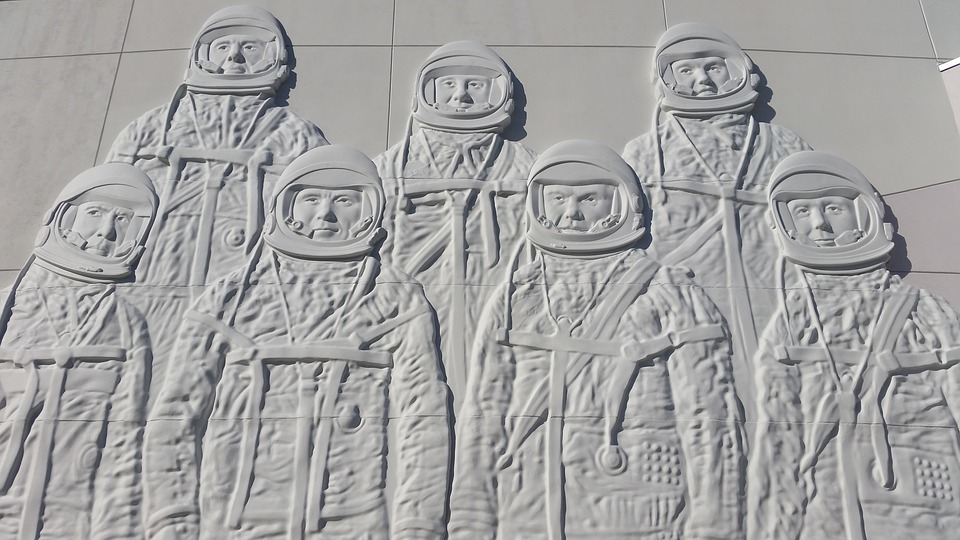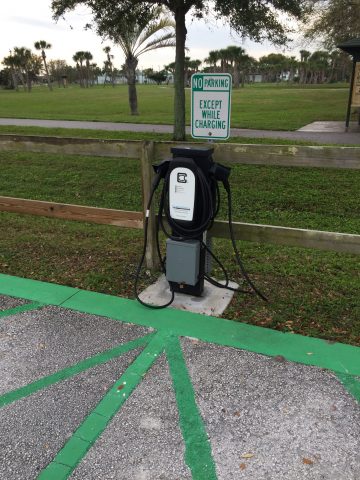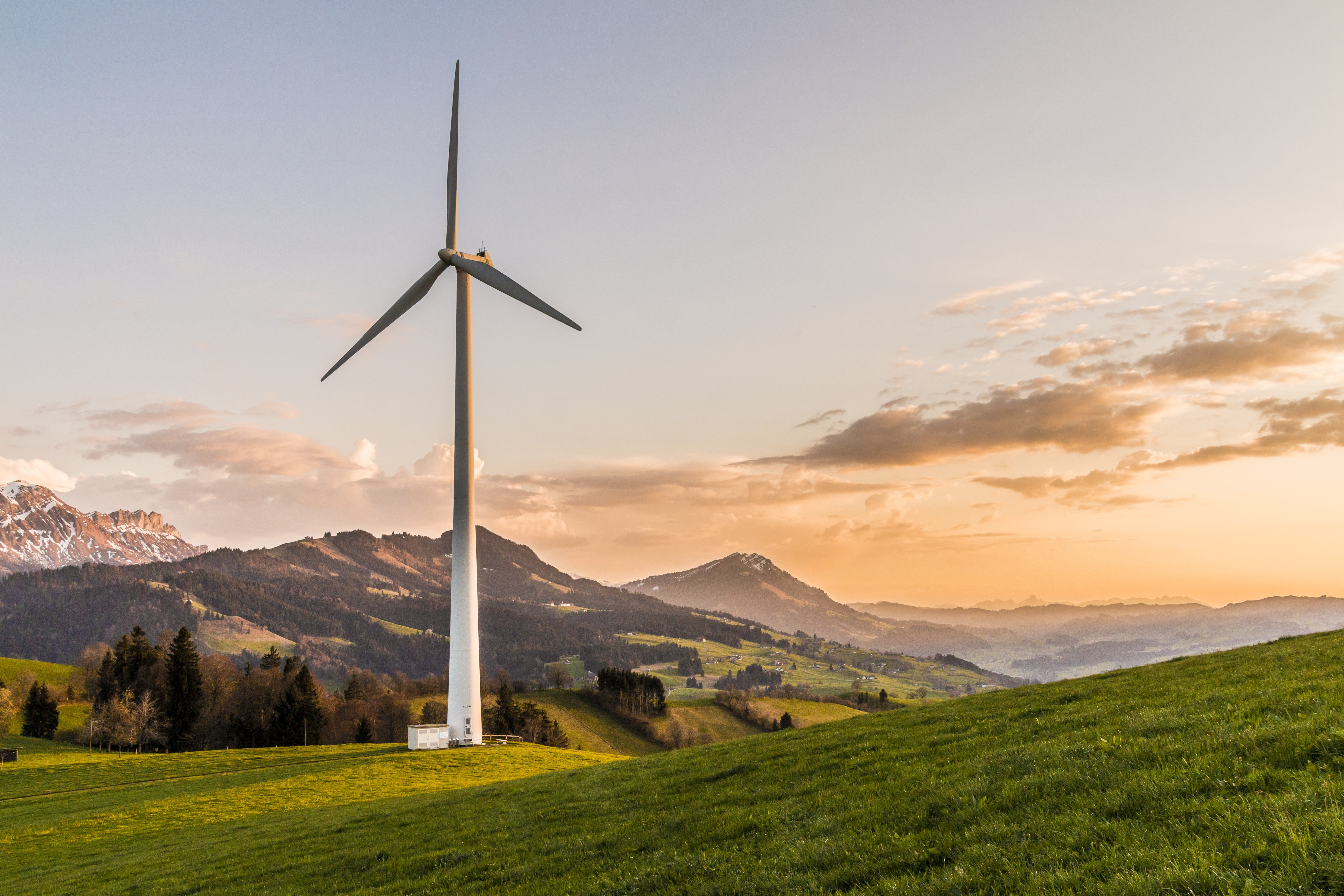Uncategorized
Are You Thinking About an EV?
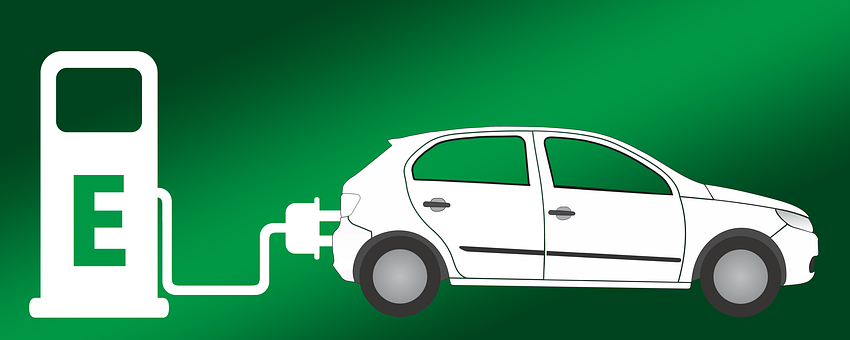
Recently we participated in an Earth Day event at a library in Door County, Wisconsin. The event offered us an opportunity to interact with the general public so we decided to conduct a short survey on electric vehicles (EVs).
Now attendees at an Earth Day event aren’t “typical” consumers. We knew this audience would tilt green but we also thought it would be useful to understand what this greenish audience thought about EVs.
Just under 40 people completed our survey, which means it’s a small sample and we won’t draw any big conclusions. More, folks did this survey on their phone or our iPad while standing at our table, sometimes while also juggling toddlers, which means they had limited time and attention. (Arguably that makes them a little more typical—everyone we’re all trying to reach has limited time and attention.)
What we heard was interesting.
Achieving Big Climate Goals: What It Takes to Succeed
It’s exciting to see numerous communities committing to 100% clean energy. At this point half a dozen states and more than one hundred local communities have committed to eliminate carbon emissions. That means about 1 in 5 Americans live in a community that’s committed to eliminate fossil fuels by mid-century.
These commitments are important and exciting. As we’ve discussed before, public commitments are a great way to jump start action while also influencing others to act as well.
To address climate change it’s critical, of course, that these communities succeed in transitioning away from fossil fuels. That’s where the rubber hits the road (and in many places the local roads are currently congested with single-occupancy vehicles, mostly running on gasoline).
Once the commitment is made these communities need to make change happen.
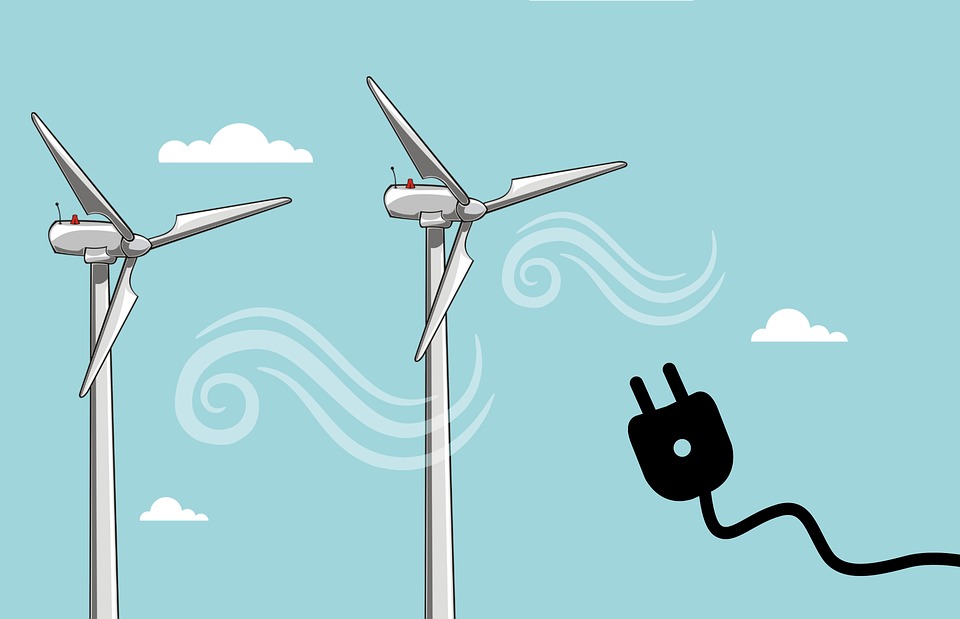
EV Owners Talk About Why They Love Driving an Electric Vehicle
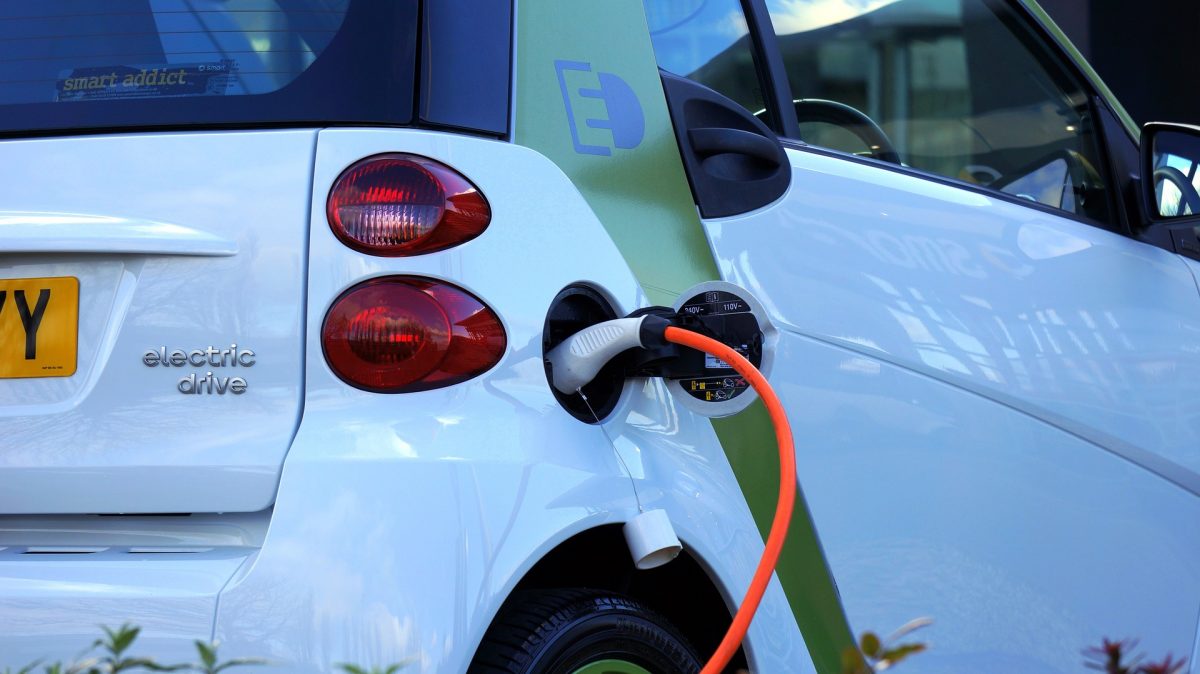
In preparation for an Earth Day talk about electric vehicles (EVs) I did an informal survey of EV owners. The survey was not scientific, but it was informative. I simply posted a question in the Nissan Leaf Owners Group on Facebook to which I belong.

The results surprised me and they might surprise you too.
Achieving Our Moonshot
I spent a few hours at the Kennedy Space Center recently. In the course of the tour there were at least three times that I saw footage of President John F. Kennedy’s 1962 speech urging Americans to work together to reach the moon. In the clip Kennedy talks about the need for US leadership and our collective willingness to take on hard tasks.
The third time I heard the speech—when it was coupled with a dramatization of engineering challenges NASA scientists overcame during the space program—I started thinking about climate change.
What if US leaders talked about the challenge of climate change in the way that Kennedy talked about going to the moon?
Clear Signals Make It Easier to Do the Right Things
I saw the best sign last week.
We were on vacation in Florida when I spotted the sign (yes, geek alert…she takes pictures of signs while on vacation…).
If you own an electric vehicle (EV) or follow the technology, you might be aware that sometimes EV drivers have challenges accessing public charging stations because non-electric vehicles are parked in front of the chargers. (In the EV world this is called being ICEd—an internal combustion engine (ICE) is in your way.) In some regions of the country ICEing seems to be the latest exemplification of ongoing culture wars—a Tesla versus pickup truck battle. The issue is significant enough that there are webpages devoted to parking protocols.
Culture Change
Culture Change—You Need It So How Do You Know If You’ve Got It?
Achieving aggressive sustainability goals—whether within corporate operations or as part of a community’s quest for zero carbon emissions—is an enormous task.
In the early phases of any entity’s sustainability efforts a committed green team can do a lot. A small group of people can identify and address opportunities. As a company (or community) become more efficient, though, the projects get more complicated. And the projects involve more stakeholders. One of the ironies of sustainability efforts is that the more you succeed the more challenging it is to expand that success.
Sooner or later—especially if you’ve got aggressive goals—success requires all hands on deck. A company can’t achieve zero landfill unless everybody does their part in the lunch room. Similarly, a dramatic reduction in fleet emissions is possible only if every driver does their part.
Achieving aggressive sustainability goals requires culture change.
At Cool Choices we talk a lot about the need for culture change. We share stories from partners who’ve got “an entire employee population moving in the same direction.” We love that moment when our partners get it–when they see culture change happening in their organization.
How do you know, though, if you are achieving culture change?
Evolving to Do More on Climate Change

Over the last eight years Cool Choices has implemented numerous engagement programs, inspiring thousands of people to adopt sustainable practices at work and home. We successfully helped corporate and community partners accelerate sustainability efforts, changing social norms in the process and prompting thousands to ask friends “what cool choice did you make today?” Our platform is easy-to-use and effective—if you haven’t tried it you should.
Read moreA Call to Action: Reflections from the Sustain Dane Summit
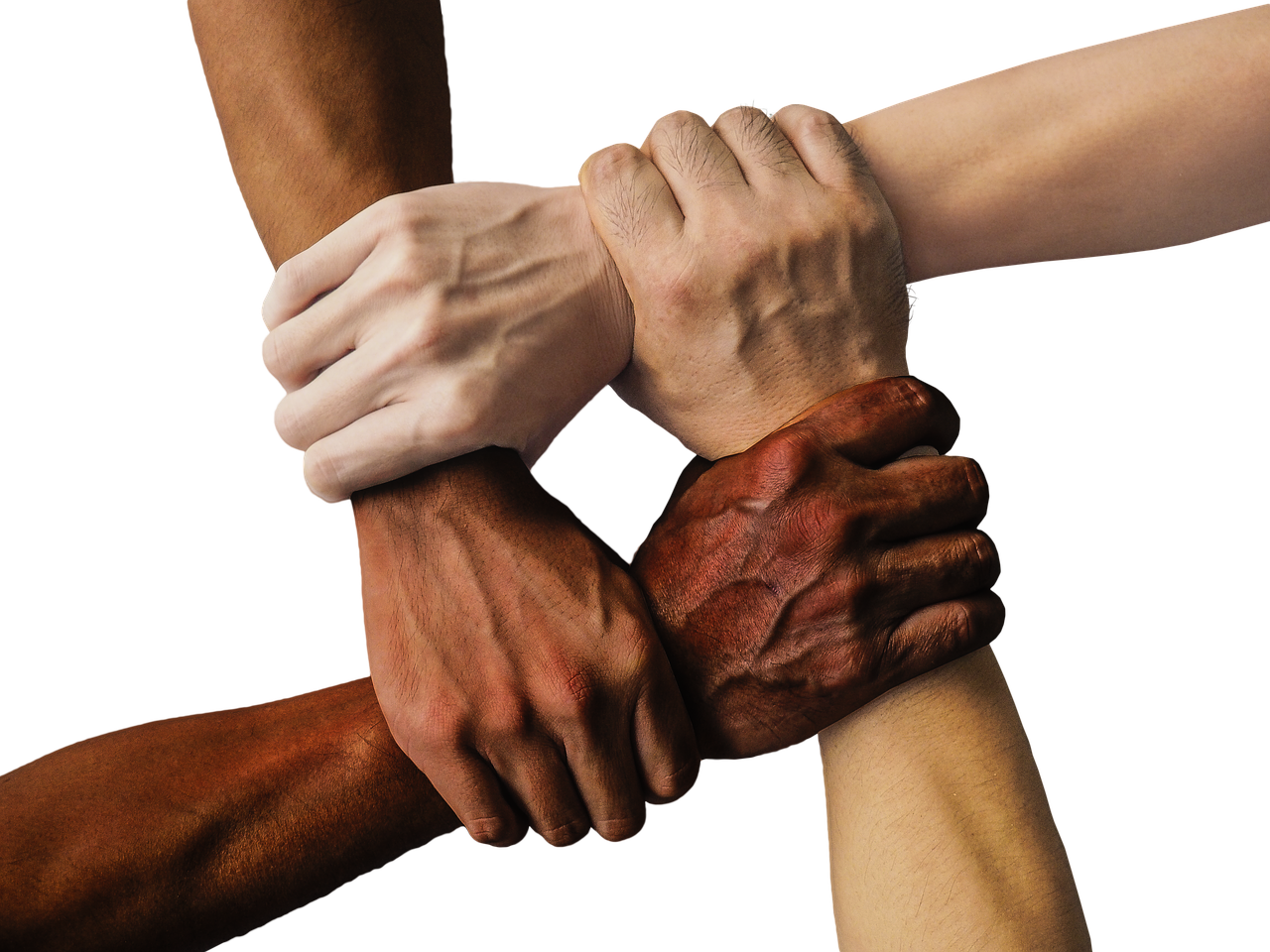
Early into her presentation, Victoria Barrett accidentally jumped too far ahead in her PowerPoint. “Well,” she said, turning back to her audience. “I’ll just keep talking.” Barrett was presenting the years of activism that have culminated in her suing the federal government for its lack of action on climate change. She’s dedicated to pushing ahead for justice, no matter what the challenges.
She’s 19.
Read moreTiming is Everything: Reflections from BECC

Cool Choices Executive Director Kathy Kuntz recently attended the 2018 Behavior, Energy, and Climate Change conference. BECC is an international conference focused on understanding human behavior and decision making and using that knowledge to accelerate the transition to a low-carbon future.
Read moreClean Energy Delivers Benefits in Minnesota
Local stories have the possibility to showcase the many benefits of clean energy– including in the Midwest.

